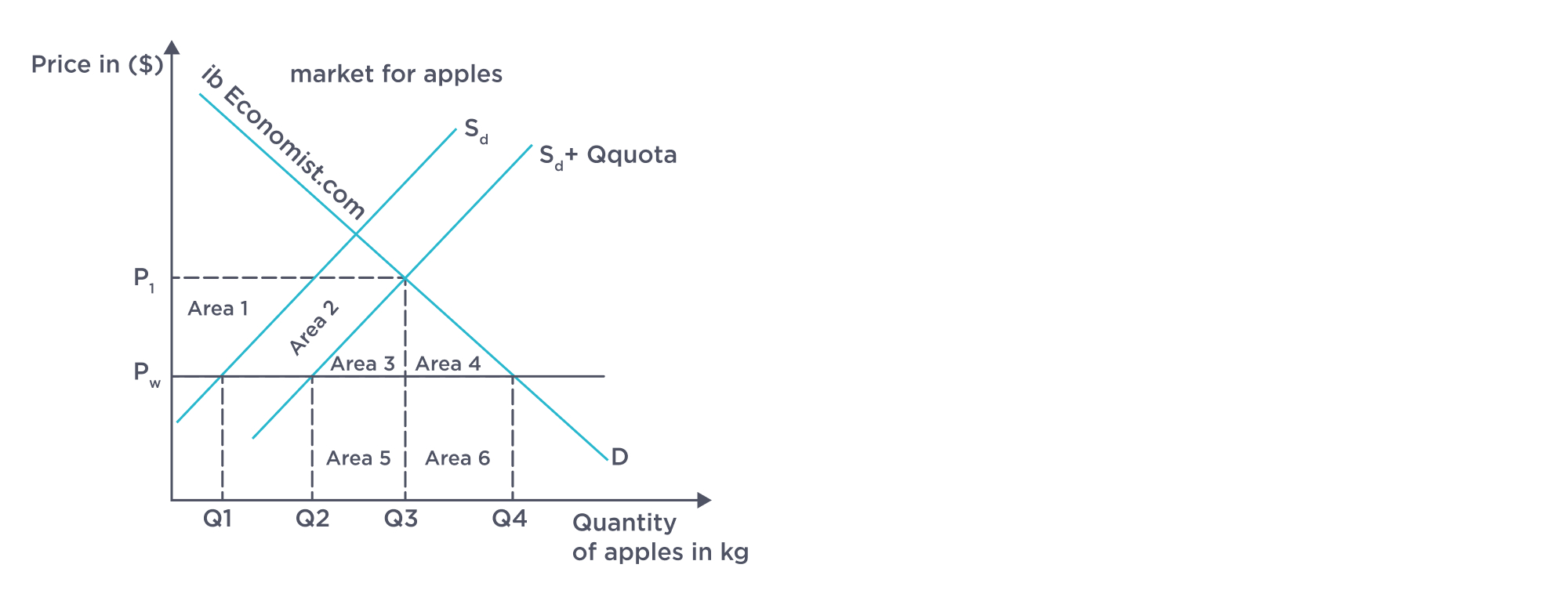Don’t ignore these for your IB Economics Exams
IB Economics presents a intricate field that requires a thorough grasp of resource generation, allocation, and utilization on both individual and collective scales. Despite students' diligent efforts to excel in exams, the pressure often results in frequent errors. These mistakes can significantly impact their grades, despite their hard work.
To aid students in sidestepping these errors, Blen has curated exam tips. The subject encompasses specialized content that can pose challenges, covering topics from microeconomics to macroeconomic computations.
Despite the wealth of resources accessible, students frequently encounter minor errors during exams. This article explores the most prevalent mistakes and offers valuable strategies to circumvent them.
Neglecting the "DEED" Approach in IB Economics Exams
One common error frequently observed in IB Economics exams is the failure to adhere to the "DEED" method. "DEED" denotes Definitions, Explanations, Examples, and Diagrams. Both IB Economics HL and SL exams emphasize the importance of this method. Unfortunately, many students overlook its application during exams, resulting in subpar grades.
Understanding the significance of the "DEED" method is crucial for students. This approach can significantly facilitate their answer-writing process, even under exam pressure. To master this technique, students should incorporate it into their revision routine, aligning their responses with the mark schemes.
By employing the "DEED" method, students can effectively structure their answers during exams, saving valuable time. This straightforward yet impactful approach enables students to circumvent the common pitfall of neglecting the "DEED" method and attain higher grades in their IB Economics exams.
Inadequate Visual Representations

Mastering the art of creating precise diagrams may not come naturally to everyone, but it's certainly an attainable skill.
Diagrams and graphs are pivotal in securing high scores on exams, serving as one of the simplest yet effective methods to do so. Unfortunately, many students falter due to lack of practice and awareness.
In this context, students must diligently examine each graph and diagram. Additionally, they should focus on practicing these visuals repeatedly, ideally 5 or 6 times before the exam. Lastly, students should ensure they have essential tools such as a ruler, pencil, and eraser handy, as these aids facilitate the creation of tidy diagrams. Following these steps diligently, students can effortlessly score full marks on charts and graphs.
Excessive Time Consumption in Data Response Questions
Data response questions constitute a significant element of IB Economics HL and SL exams. However, many students dedicate excessive time to these questions, consequently compromising their ability to tackle other, potentially simpler questions and increasing the risk of providing incorrect answers. To mitigate this issue, students should strategize their answers beforehand and consistently practice data response questions from the outset.
Graphs hold substantial importance in economics exams, yet students often neglect to accurately label them, often due to oversight. Precision is key - it is imperative to clearly label each component of the graph and articulate the relationships using precise terminology. Students should thoroughly review the charts in advance and engage in regular practice to address any gaps in their comprehension.
Challenges in Exam Concentration
Mastering concentration is a key skill for students during exams, yet many struggle with it, resulting in confusion and incorrect responses. It's vital to heed subtle cues or directive words in exam prompts and manage time accordingly. Enhancing concentration involves thorough reading of exam queries and pre-exam relaxation techniques such as meditation.
Time Management Struggles
Time mismanagement can be frustrating during exams, particularly in IB assessments, and can significantly impact performance. Effective time allocation is essential to prevent rushed responses and ensure sufficient time for each question. Students should allocate time based on question complexity and familiarize themselves with the exam structure for efficient time management. Additionally, thorough proofreading helps catch and correct errors, a skill honed through regular practice and revision.


